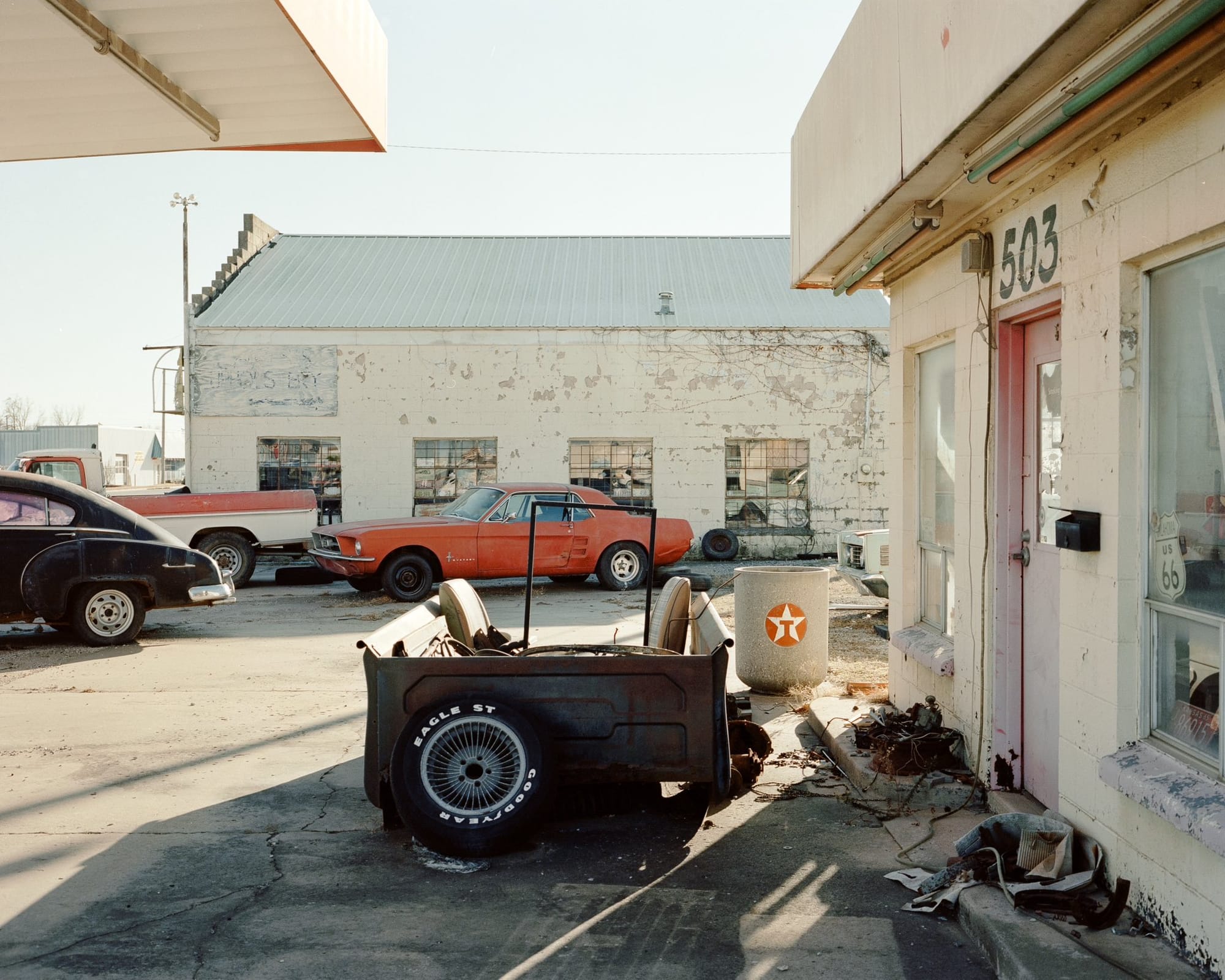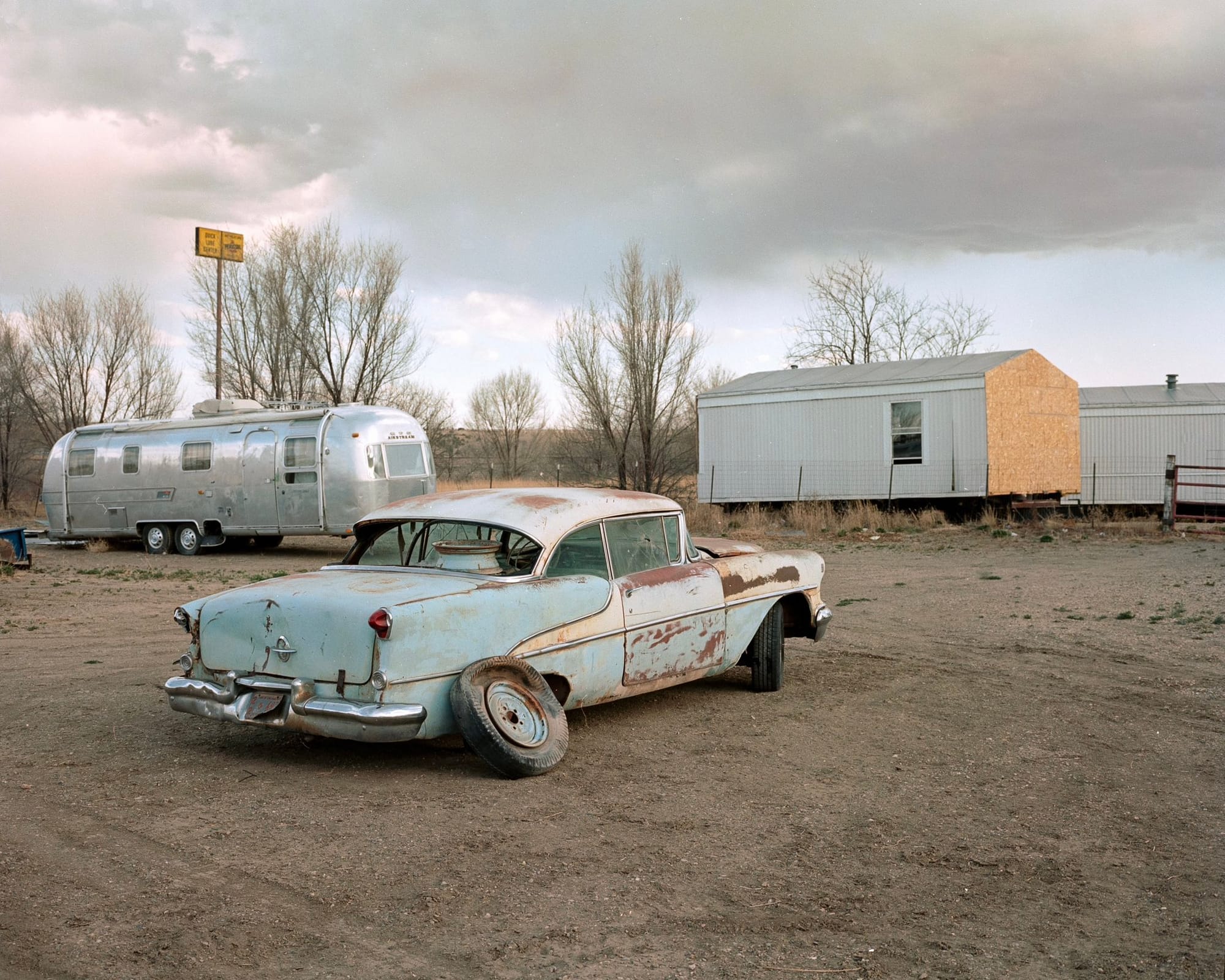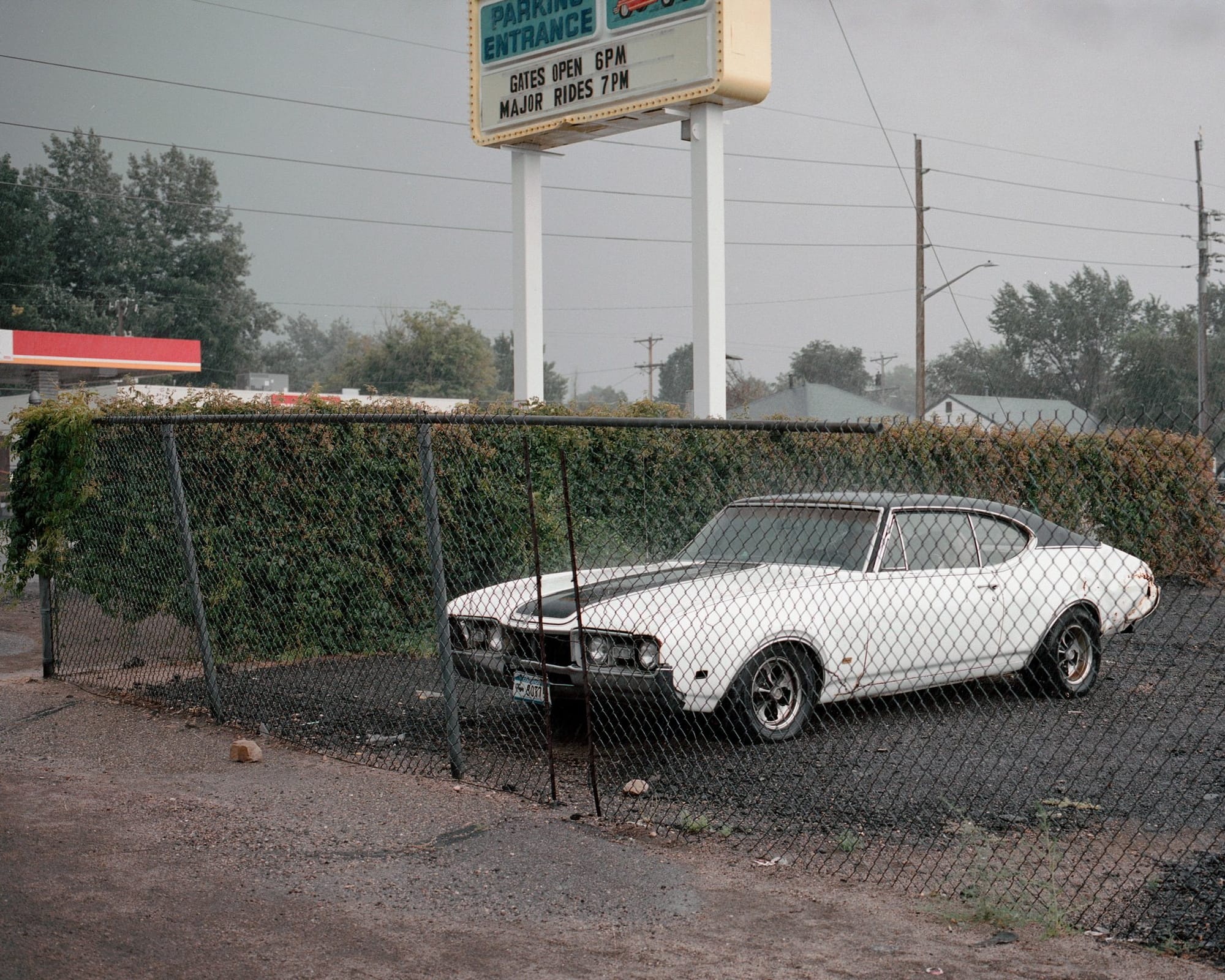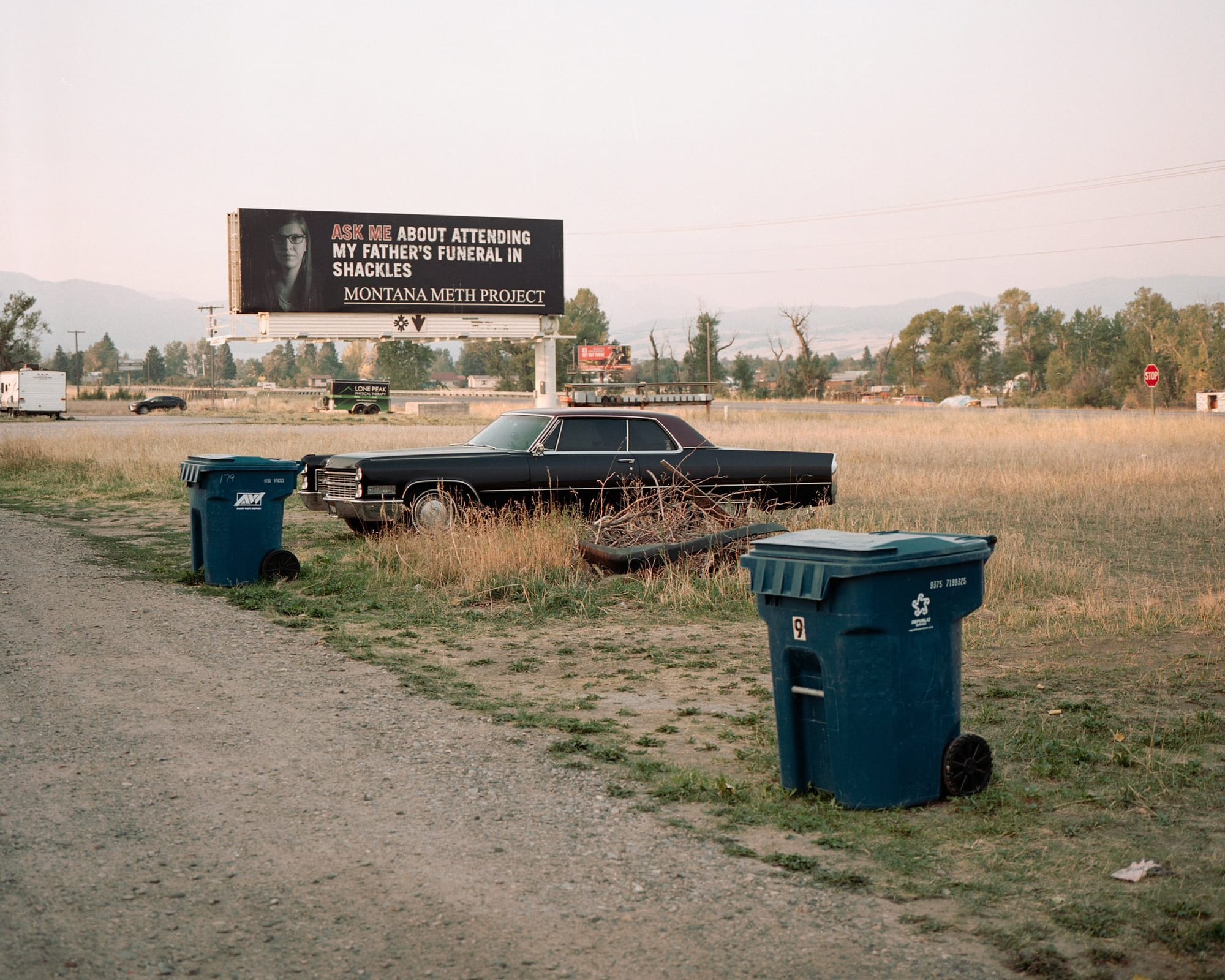Why Film Photography Still Matters
In 2025, photos are instant. Tap, edit, post, repeat. But if you’ve loaded a roll, waited days for scans, and smiled at that one perfect mistake, you know why film photography still matters.

In an era dominated by instant digital captures and algorithm-driven feeds, the enduring charm of film photography might seem like a relic of the past. But a growing number of photographers, both seasoned and new, are turning to analog methods not out of nostalgia alone, but because film photography still offers something profoundly valuable that digital never quite replaced.
Film photography forces you to slow down. When you load a 35mm roll with only 36 exposures, each frame carries more weight. Every shot becomes a decision. You find yourself considering the light more carefully, paying attention to composition, and engaging with your subject in a more intentional way. There’s no burst mode, no deleting and reshooting on the spot. This limitation, paradoxically, unlocks a deeper creative process. In a world of endless retakes, film teaches discipline, presence, and patience.
There’s also something magical about the aesthetic of film. The grain structure, the subtle color shifts, the highlight roll-off—all of it contributes to a look that digital sensors still try to imitate. Film doesn’t just record light—it interprets it. Whether it’s the soft pastels of Fujifilm Pro 400H or the rich contrast of Ilford HP5, each film stock has a personality, a character that digital presets try to copy but rarely capture fully. For many, this is the defining feature of film photography: it feels more alive, more organic, more human.




Photos by Nathan A. Bauman
The process itself is part of the appeal. Shooting film isn’t just about taking a picture, it’s about embracing a full experience. From the tactile click of the shutter to the anticipation of waiting for your scans to come back from the lab (or developing them at home), film photography has a rhythm. It pulls you into a slower timeline, one that resists the speed of social media and real-time everything. That delay between shooting and seeing results builds excitement, and it often makes the final image feel more earned. The imperfections like light leaks, dust, a missed focus only add to the charm. They’re not flaws. They’re reminders that something real happened.

There’s also an emotional quality to film that’s hard to define. A photo taken on film often evokes memory more strongly. Maybe it’s because so many of our childhood photos were captured this way. Or maybe it’s because film’s soft edges and muted colors mirror the way we remember things, not with perfect clarity, but through a dreamy haze. Even newly taken film photos can feel nostalgic, as if they’re already part of your personal history.
At a time when artificial intelligence can generate images that never existed and digital manipulation can alter reality with ease, film photography stands out as a counterculture movement. It’s a way of saying: this happened. This was real. Many younger photographers raised on smartphones and social apps are discovering film as a kind of rebellion. It’s physical, imperfect, and honest. It’s also sustainable in a way that’s rarely discussed: a fully manual camera from the 1970s doesn’t rely on software updates or batteries. It just works. And it keeps working, roll after roll.
What’s also kept film photography alive is its vibrant, passionate community. Whether online in forums, subreddits, and Instagram accounts, or offline at zine fairs and camera swap meets, there’s a global network of analog lovers who are sharing tips, trading film, and keeping the culture alive. Labs are popping up in cities once again. Film companies like Kodak and CineStill are re-releasing stocks to meet demand. It’s not just nostalgia, it’s a resurgence.
Film photography still matters because it offers something digital never truly replaced: imperfection with soul, slowness with purpose, and craft with character. In a time when creativity is increasingly compressed into templates, trends, and algorithms, film photography reminds us that the process is part of the point. That what we create is shaped by how we create it.
So whether you're picking up your first film camera or rediscovering one from your past, you're participating in something more than a retro trend. You're reconnecting with the roots of photography itself—slower, deeper, and more meaningful.
